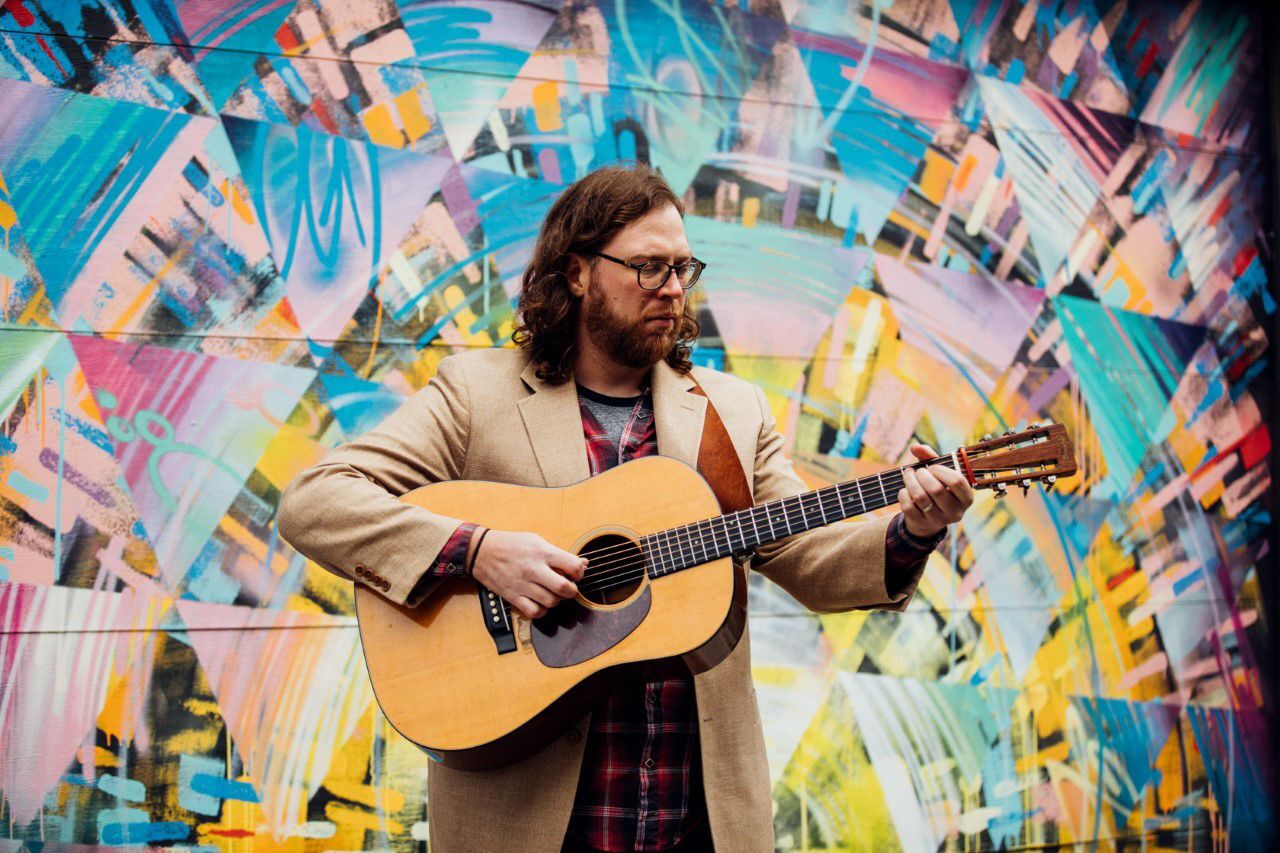

Shyama Sangeet: a genre of Bengali devotional songs dedicated to the Hindu goddess Shyama or Kali which is a form of supreme universal mother-goddess Durga or parvati.It is often known as workmen's song as well. Pala Gaan: folk ballad also known as Pat.He is known to all in West Bengal of India too.(Western Bangladesh, near the border with West Bengal). Lalon: best known of all folk songs and the most important subgenre of Baul songs, almost entirely attributed to spiritual writer and composer, Lalon Fokir of Kushtia.Kirtan: devotional song depicting love to Hindu God Krishna and his (best-known) wife, Radha.Kavigan: poems sung with simple music usually presented on stage as a musical battle between poets.Jhumur: traditional dance song form Bangladesh and eastern part of India.Usually involves colourful presentations of historical themes. Jatra Pala: songs associated exclusively with plays (performed on-stage).
 Jari: songs involving musical battle between two groups. Hason Raja: Devotional songs written by a music composer by the name of Hason Raja (from Sylhet, northeastern side of Bangladesh near Assam) that was recently repopularised as dance music. Gombhira: Song (originated in Chapai Nawabganj) performed with a particular distinctive rhythm and dance with two performers, always personifying a man and his grand father, discussing a topic to raise social awareness. Ghazal: Popular folk music of Sufi genres, introduced from philosophy and religion in music practiced mainly by Bengali Muslims. Gazir Gaan: Devotional songs dedicated to Gazi Pir, who is part of Pach Pir tradition of folk practice and belief.
Jari: songs involving musical battle between two groups. Hason Raja: Devotional songs written by a music composer by the name of Hason Raja (from Sylhet, northeastern side of Bangladesh near Assam) that was recently repopularised as dance music. Gombhira: Song (originated in Chapai Nawabganj) performed with a particular distinctive rhythm and dance with two performers, always personifying a man and his grand father, discussing a topic to raise social awareness. Ghazal: Popular folk music of Sufi genres, introduced from philosophy and religion in music practiced mainly by Bengali Muslims. Gazir Gaan: Devotional songs dedicated to Gazi Pir, who is part of Pach Pir tradition of folk practice and belief. 
It is practiced in the Sylhet Division in Bangladesh and in areas influenced by the Sylheti culture such as the Barak Valley of Assam and parts of Tripura, Meghalaya and Manipur in India. Dhamail: A form of folk music and dance originated in Sylhet.
#Usiana bangla baul song drivers#
Bhawaiya: Song of bullock-cart drivers of the North ( Rangpur). Bhatiali: Music of fishermen and boatman, almost always tied by a common ragas sung solo. Bhandari: Devotional music from the South (mainly Chittagong). Baul: mainly inspired by Lalon and almost exclusively performed by Baul mystics. With the arrival of new communication technologies and digital media, many folk songs were modernised and incorporated into modern songs (Adhunik songeet).įolk music can be classified into several subgenres: Before the advent of radio, entertainment in the rural areas relied on a large extent on stage performances by folk singers. Folk songs are characterised by simple musical structure and words. Among the luminaries of the different folk traditions are Lalon Fokir, Shah Abdul Karim, Radharaman Dutta, Hason Raja, Khursheed Nurali (Sheerazi), Ramesh Shil, Kari Amir Uddin Ahmed and Abbas Uddin. ( December 2012) ( Learn how and when to remove this template message)įolk has come to occupy the lives of Bangladeshis almost more than any other genre of Bengali music. Unsourced material may be challenged and removed. Please help improve this section by adding citations to reliable sources. He was followed by Dwijendralal Roy, Rajanikanta Sen and Atulprasad Sen. Rabindranath Tagore had a deep appreciation for north Indian ragas, successfully introduced ragas in his songs. All traditional Bengali music tend to be based on various variations of Hindustani Classical Music. And, thus made a lasting impact on Bangladeshi music. During his 30-year exile, he patronized music, specially dhrupad, tappa, thumri and kheyal. He was dethroned by the British empire in 1856 and banished to Metiaburuz, Kolkata. Nawab of Lakhnau, Wajid Ali Shah played an important role in this trend. The pioneers of these trend were Ramnidhi Gupta, Kali Mirza, Raghunath Roy and the founder of the Bishnupur Gharana, Ramshanker Bhattacharya. This trend gathered momentum during the 19th and 20th centuries. The use of north Indian ragas in Bangla songs began in 18th century. Jaydev’s Gitagovindam, Padavali Kirtan, Mangal Giti, Shyamasangit, Tappa, Brahma Sangeet and Tagore songs have been inspired by Ragas. As far as the Charyagiti (9th century), ragas have been used in Bengali music. In composing these songs, the melodies of north Indian ragas are used. Main article: Bangladeshi classical music Ragapradhan Gaan īangladeshi classical music is based on modes called ragas.







 0 kommentar(er)
0 kommentar(er)
